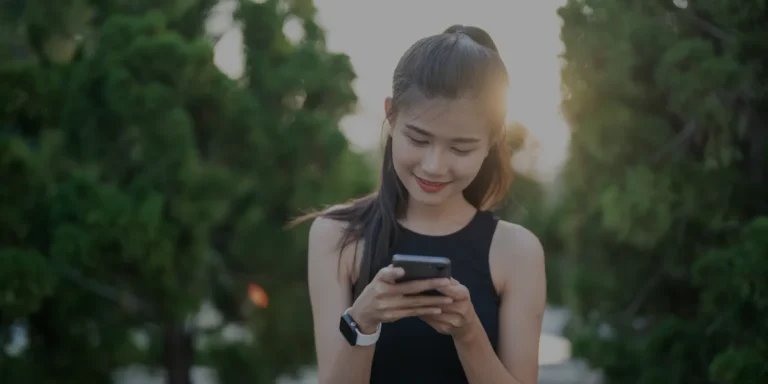CAFO or Concentrated Animal Feeding Operations are agricultural meat, dairy, or egg facilities where animals in large numbers are raised in a controlled environment. It is an intensive animal feeding operation (AFO) in which over 1,000 animal units are stabled or confined and fed or maintained for over 45 days or more in a year. An animal unit is the equivalent of 1,000 pounds of “live” animal weight.

They are governed by regulations that restrict how much waste can be distributed and the quality of the waste materials. According to the sources, there are around 212,000 AFOs in the United States. CAFOs are regulated under the NPDES permitting program which regulates the discharge of pollutants from point sources to waters of the United States.
As waste materials released from CAFOs have the potential to contribute pollutants such as nitrogen and phosphorus, organic matter, sediments, pathogens, hormones, and antibiotics to the environment, therefore it becomes important to manage or recycle this waste efficiently to reduce environmental damage.
The Environmental Protection Agency (EPA) has categorized CAFOs in three categories, ordered in terms of capacity: large, medium and small.
| Animal | Large CAFO | Medium CAFO | Small CAFO |
|---|---|---|---|
| Cattle or cow or calf pairs | 1,000 or more | 300 to 999 | Less than 300 |
| Mature dairy cattle | 700 or more | 200 to 699 | Less than 200 |
| Swine | 2,500 or more | 750 to 2,499 | Less than 750 |
| Turkeys | 55,000 or more | 16,500 to 54,999 | Less than 16,500 |
| Laying hens or broilers | 30,000 or more | 9,000 to 29,999 | Less than 9,000 |
| Chickens other than laying hens | 125,000 or more | 37,500 to 124,999 | Less than 37,500 |
| Laying hens | 82,000 or more | 25,000 to 81,999 | Less than 25,000 |
If you have any queries, ideas or suggestions, then please comment below. You can also connect with Agriculture Review on Facebook, Instagram, Koo and WhatsApp Messenger.





